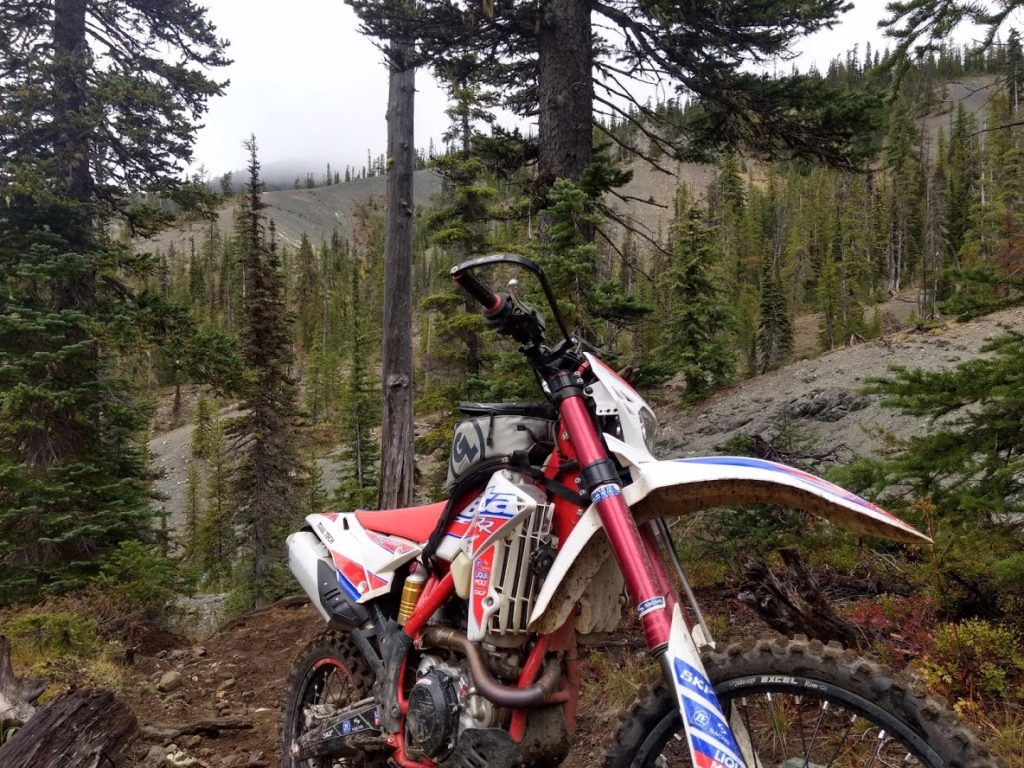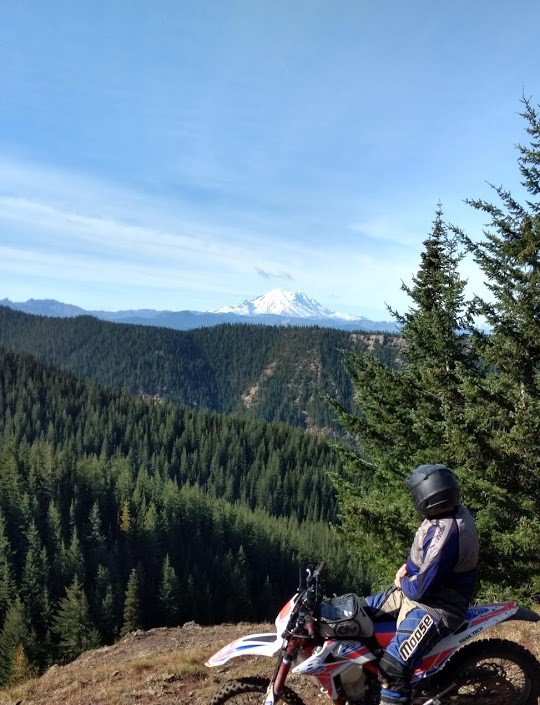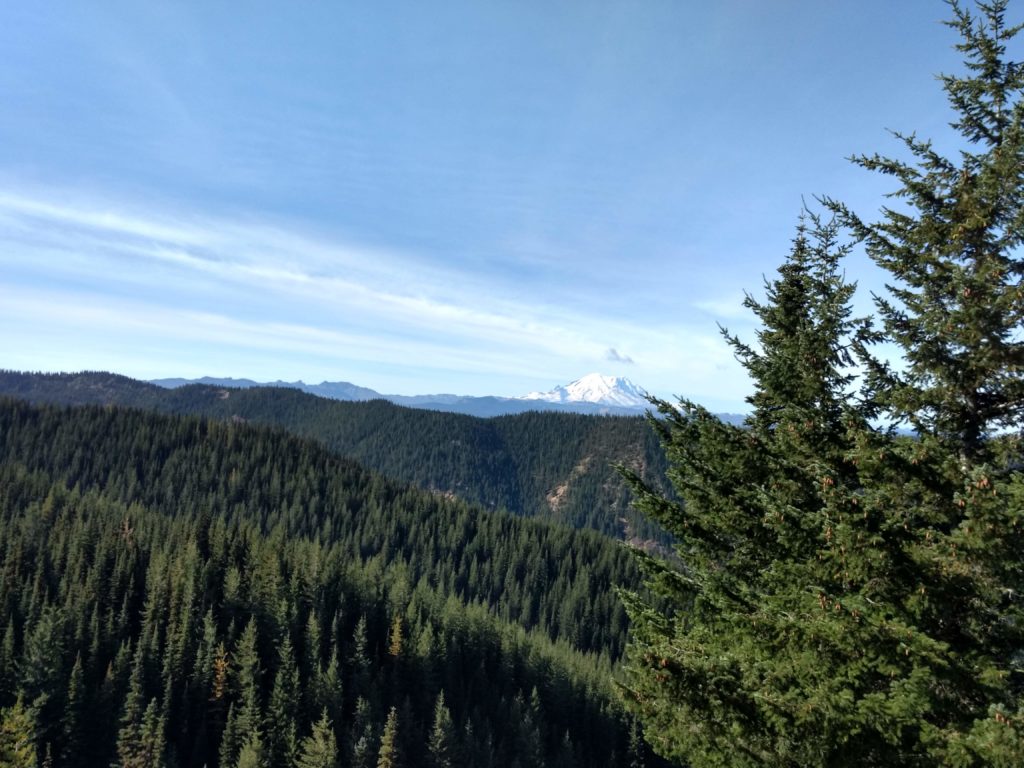By T.C. Gore
I love motorcycles. I love motorcycles and riding motorcycles A LOT! I love everything about them. Any motorcycle. Alta, BSA, BMW, Beta, Harley, Honda, KTM, Husky, Indian, Triumph, Suzuki, Vespa, Yamaha, dirt or street, big or small, loud or quiet the flavor doesn’t matter to me; they are all awesome. This love affair started when I was a child and has only deepened as I have grown older. Many years ago, I started riding off road in a type of motorcycling called Enduro. Enduro would best be described as really long trail hiking, but on a motorcycle. It marries two of my greatest joys; motorcycles and nature. Eventually, I discovered this thing called Hard Enduro. Hard Enduro is just like regular Enduro, still really long hikes on the back of a motorcycle, but the trails are really, really hard. Like dangerously hard. Hard to the level that if you make a mistake while riding them it is very likely you are going to at least get hurt. Possibly die. Imagine riding a motorcycle along a cliff edge with the trail in front of you only being about six inches wide. Or riding on terrain that mountain goats would give a second thought too, all the while being miles away from anything that could be considered civilization; in the back country of our great nation. That’s Hard Enduro and it is my passion. The reward for what many would call pure suffering and stupidity is simply the things you get to see. There are so many places of wonder and beauty in our country that are so far away from anything, very few will ever get to see them. For me, a motorcycle is how I choose to get to those places, though still with a considerable amount of effort. So, you may be asking yourself, “what this has to do with safety and why on earth would a safety professional do such a thing?” Safety professionals are the Nervous Nellies that walk around wearing safety vests writing things down on clip boards who are afraid of anything that might even be remotely risky, right? Not necessarily.
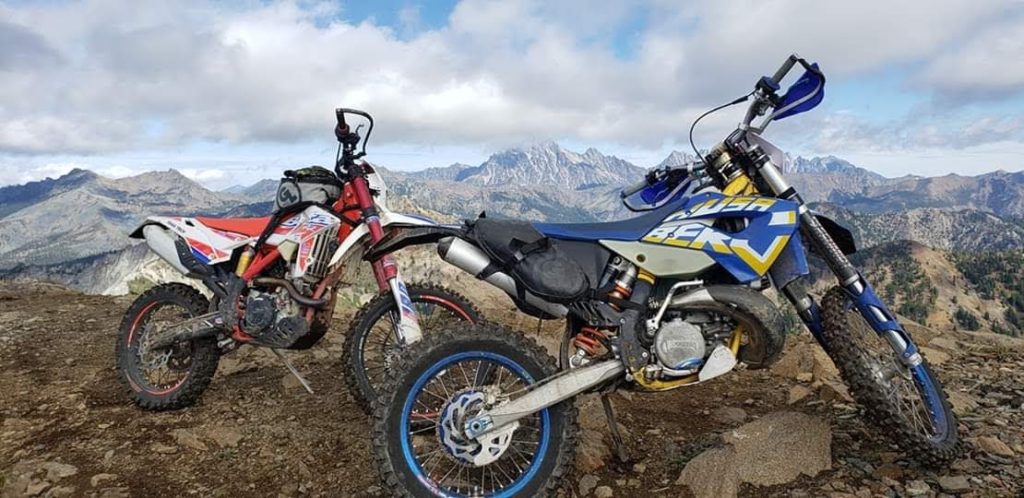
RIGHT: Husaburg 300
In late summer each year for the past several years, I have made a pilgrimage to the Western United States to meet up with my best friend and take off into the wilderness to do several days of ridiculously hard motorcycle riding. I recently returned from such a trip out to the Teanaway National Forest in Washington State where there are some of the best Hard Enduro trails in the country. Obviously, this is quite a long drive from Greenville, South Carolina and I had plenty of alone time driving home to think about what really makes it possible to do such things safely and still have fun. Here is where the safety part comes in. I determined that the top four things that allow me to participate at this level of foolishness and to still be safe are Planning, Training, Experience and Equipment. Sound familiar? Turns out the same things that allow me to do stupid human tricks on a motorcycle (and return to talk about it) are the same things that help keep us safe on the job. Now, I am under no illusion that I am perfect, and I am not this beast of a motorcycle rider that goes out and wins races or anything like that. As a matter of fact, I don’t race. Never have, never will. I consider myself to be an average rider who just has an above average love for the machines and the beauty of nature. But, where I do excel, is in my dedication to mitigating risk. Just because there is risk doesn’t mean that something can’t be made as safe as possible by eliminating or mitigating that risk while still remembering to be prepared for something to still go wrong.

First step is Planning. For months I pour over trail maps, trail description write ups, US Forest Service topographical maps, Google Earth, anything I can get my hands on that can give me the best possible picture of where I am going. I determine in advance, how I’m going to get there, and what hazards I will, or could, encounter along the way. This is not unlike a Job Safety Analysis where we look at the task at hand and its environment to identify potential hazards and develop plans to eliminate or avoid those hazards. If the time is taken to look closely at a task and make a concerted effort to control the hazards, there isn’t much left over that could surprise us. But, should those unplanned situations occur, a proper JSA will require a timeout and reevaluation of the situation to solve the newfound hazard. We then can approach the situation with these new hazards eliminated or mitigated.
Second is Training. Whether it is reading, learning wilderness survival skills, physical fitness training, learning how to take care of basic mechanical problems on the motorcycle, training and education provides mental tools to handle the unexpected problems which will inevitably show themselves at the worst possible time. Our safety training serves that same purpose. If you think back it is certain that there has been at least one time when you recognized a safety concern or issue because of something you heard in safety training. Maybe it was a large safety issue that others had overlooked, and your specialized training allowed you to see the hazard. Or maybe is was something as simple as moving a trashcan out of a walkway so that someone wouldn’t trip over it. Chances are, you can attribute your actions to something you leaned in safety training.
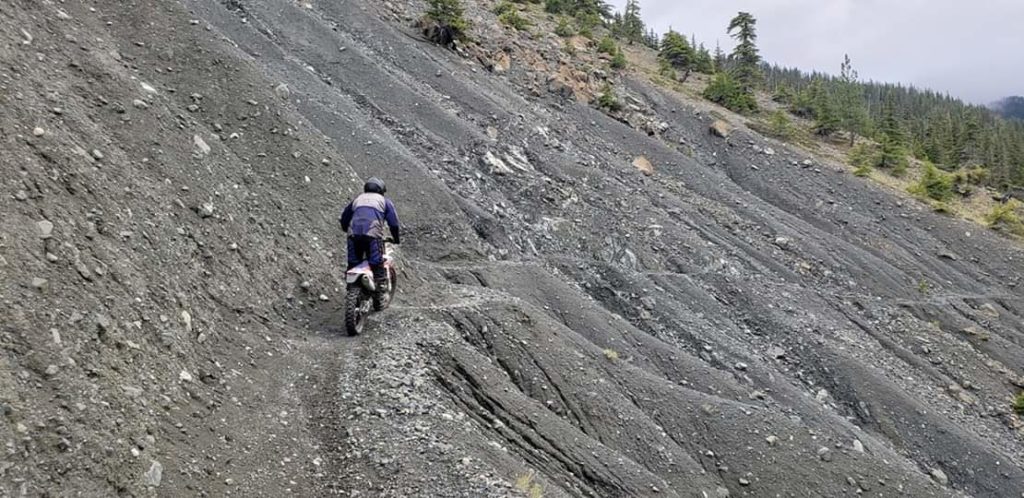
Experience. Getting out and riding my motorcycle in as many different types of terrain and as often as I can allows me to feel out situations and the machine in a controlled manner and then reflect when things didn’t go well to try and find a better way. Without the time in the environment, the knowledge isn’t there to be able to determine what right looks like. Experience in part teaches us this. Not only my personal experience, but also that of my riding buddy. My buddy is pilot for a major airline with many thousands of hours flying everything from paragliders to the Boing 737 that he currently flies. As a commercial pilot, his perspective on preparation and planning for hazards is unique as a result of the environment of safety that he must work in constantly. This experience transfers over easily and is an addition to his experience riding Hard Enduro. On the job our own experiences help keep us safe. They allow us to see potential problems in situations that resemble something we have seen go wrong before. Our co-workers and supervisors’ experiences also help keep us safe as their perspective is different than ours and they might see something that we otherwise would not. All that is required is for us to have an open communication environment where we can speak from our experiences and not to let someone do something that we know is hazardous.
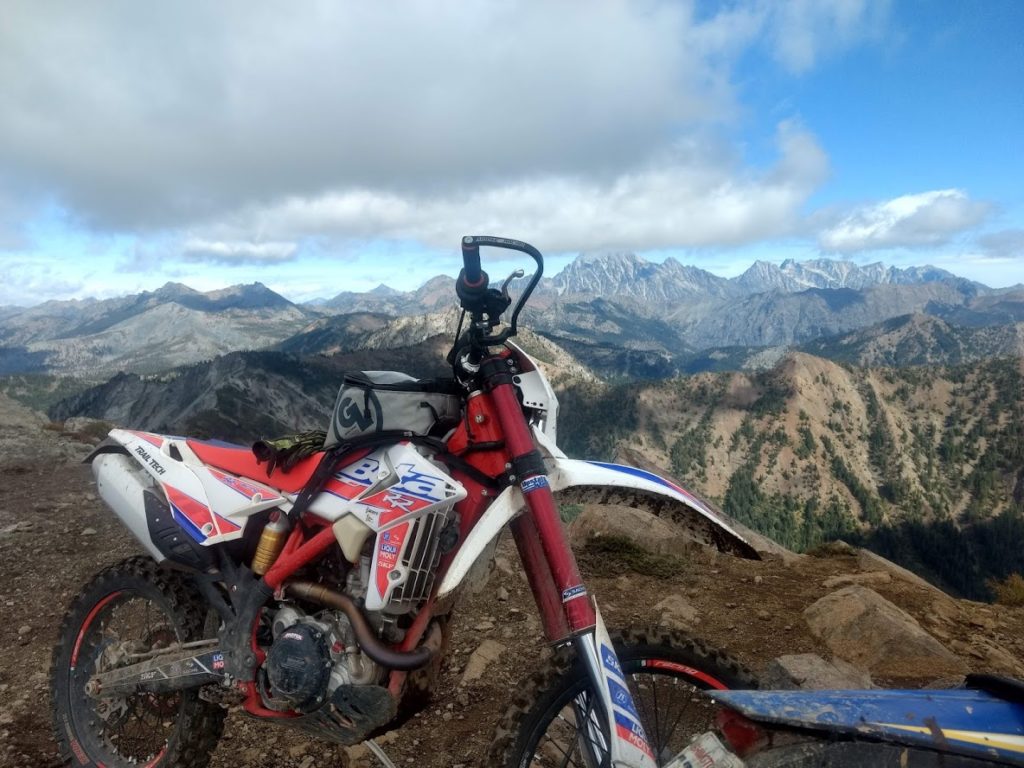
Finally, is Equipment. I will not go out into the backcountry, or ride at all, unless I know that all my gear is 100%. From the mechanical state of the motorcycle to my personal protective equipment, everything must be functioning at 100% or I do not go. As a safety professional I understand that my equipment, or PPE, is the last line of defense if all the planning, training, and experience fail. In a world of open energy systems, there is absolutely no way that every factor can be foreseen or planned for. If my motorcycle breaks down because of a maintenance item I neglected or if I fall off my bike and suffer an injury with uncontrollable bleeding and I am 100 miles away from a paved road in grizzly territory or in the high mountains where there can be blizzards in the middle of July; not having the right equipment is much more than an inconvenience. Though it may not seem that our working environment is as extreme, not having the proper 100% functioning PPE or equipment can have just as potentially catastrophic results. Was the per-use inspection on our equipment done? Did we follow proper lockout, tagout procedures? Did we make sure that our gear was 100% before we started working so that we can be relatively certain that our equipment is going to function correctly?
When you approach your next workday, think about all the systems that are playing a part in keeping you and your co-workers safe. See if you can identify the Planning, Training, Experience and Equipment components of the safety system in your environment. Think about the role you play in those systems. You may gain a whole new perspective on why that guy with the safety vest seems so nervous.
